Themed collection The ‘Single’ Issue

Editorial – Single Entities
Professor Henry S. White, Guest Editor of this themed issue on Single Entities, highlights the wealth of information that there is to be gained when analytical chemistry is studied at the “single entity” level.

Analyst, 2012,137, 2921-2921
https://doi.org/10.1039/C2AN90049A
Sampling techniques for single-cell electrophoresis
This review covers recent advances in the sampling and loading of single cells for electrophoretic analysis by interfacing mechanical, microfluidic, and optical techniques to capillary and on-chip electrophoresis instruments.
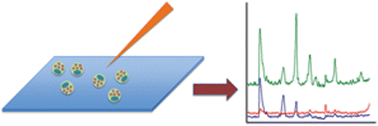
Analyst, 2012,137, 2922-2929
https://doi.org/10.1039/C2AN16211C
Attenuated total reflection Fourier transform infrared (ATR-FTIR ) spectroscopy of a single endothelial cell
Attenuated total reflection Fourier transform infrared spectroscopy (ATR-FTIR) with the use of a slide-on germanium accessory followed by chemometric analysis allowed for providing meaningful information about the biochemical composition of a single endothelial cell.
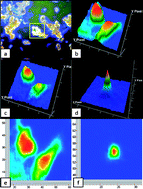
Analyst, 2012,137, 4135-4139
https://doi.org/10.1039/C2AN35331H
Highly sensitive DNA hybridization detection with single nanoparticle flash-lamp darkfield microscopy
Single AuNP counting in free solution was achieved with flash-lamp darkfield microscopy and applied to highly sensitive DNA hybridization detection based on target DNA induced AuNP aggregation and counts reduction.

Analyst, 2012,137, 2930-2932
https://doi.org/10.1039/C2AN16171K
High throughput single molecule tracking for analysis of rare populations and events
High throughput single molecule tracking methods were developed to perform quantitative analyses of rare molecular populations.
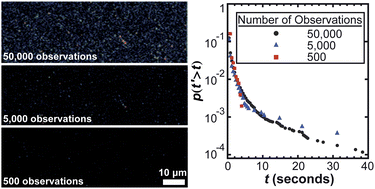
Analyst, 2012,137, 2987-2996
https://doi.org/10.1039/C2AN16219A
Using a nanopore for single molecule detection and single cell transfection
A synthetic nanopore can be used to both transfect a single cell and detect secreted analytes.
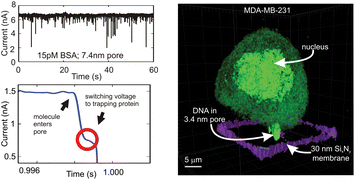
Analyst, 2012,137, 3020-3027
https://doi.org/10.1039/C2AN35571J
Real-time characterization of cytotoxicity using single-cell impedance monitoring
A single-cell based platform demonstrates the ability to monitor apoptosis and necrosis of cells treated with varying concentrations of three toxicants. Individual cells showed variable responses to a given toxicant, while the averaged cellular response agrees well with those obtained from conventional cytotoxicity assays.
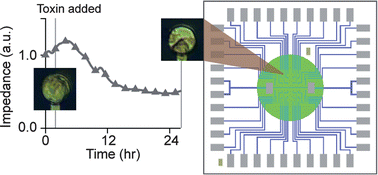
Analyst, 2012,137, 3011-3019
https://doi.org/10.1039/C2AN16079J
Single nanoparticle spectroscopy for real-time in vivo quantitative analysis of transport and toxicity of single nanoparticles in single embryos
Single nanoparticle plasmonic spectroscopy for real-time in vivo probing of transport and toxicity of single NPs.
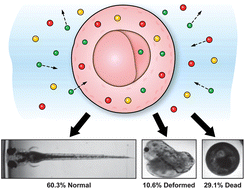
Analyst, 2012,137, 2973-2986
https://doi.org/10.1039/C2AN35293A
A hyphenated optical trap capillary electrophoresis laser induced native fluorescence system for single-cell chemical analysis
A hyphenated optical trap sampling system and a capillary electrophoresis with laser-induced native fluorescence detection system is used for sampling and characterizing the indolamines from individual pinealocytes.

Analyst, 2012,137, 2965-2972
https://doi.org/10.1039/C2AN35198F
A hydrophobic entrance enhances ion current rectification and induces dewetting in asymmetric nanopores
A nanoporous system with a hydrophobic layer at the pore entrance gates transport of ions and water.
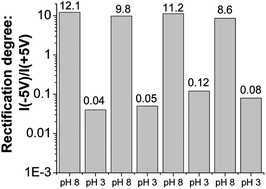
Analyst, 2012,137, 2944-2950
https://doi.org/10.1039/C2AN16139G
Expression of membrane-associated proteins within single emulsion cell facsimiles
This paper aims to promote the combination of microdroplet technology with cell-free cytoskeletal protein expression as tool for biological investigation.
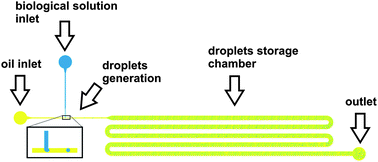
Analyst, 2012,137, 2939-2943
https://doi.org/10.1039/C2AN35047E
Noise Adjusted Principal Component reconstruction to optimize infrared microspectroscopy of individual live cells
Presented is an optimized FTIR imaging methodology to achieve fast data acquisition with high signal-to-noise ratio for individual live cells in aqueous environments.
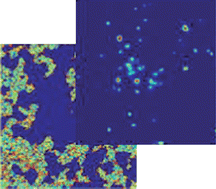
Analyst, 2012,137, 2958-2964
https://doi.org/10.1039/C2AN15868J
Examining changes in cellular communication in neuroendocrine cells after noble metal nanoparticle exposure
We explore the effects of noble metal nanoparticle exposure, with varied size or surface functionality, in murine chromaffin cells using microelectrode amperometry.
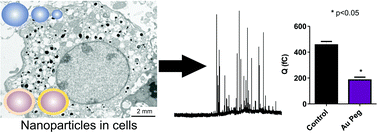
Analyst, 2012,137, 3004-3010
https://doi.org/10.1039/C2AN00034B
Single molecule fluorescence correlation spectroscopy of single apoptotic cells using a red-fluorescent caspase probe
Fluorescence Correlation Spectroscopy was used to assay caspase activity in single apoptotic lymphocytes using a new red-fluorescent probe. Apoptotic cells were detected as early as 30 min after induction.
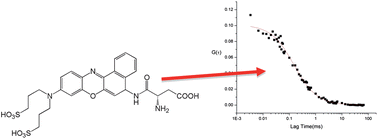
Analyst, 2012,137, 2997-3003
https://doi.org/10.1039/C2AN16173G
Metabolism of peptide reporters in cell lysates and single cells
Peptide cleavage sites occurring during incubation in lysates and single cells were identified and non-native amino acids inserted to stabilize the peptide. Multiple iterative cycles yielded a peptidase-resistant, kinase-substrate peptide.
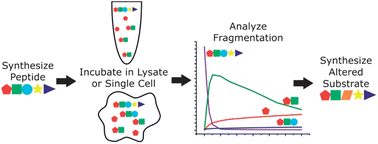
Analyst, 2012,137, 3028-3038
https://doi.org/10.1039/C2AN16162A
Transport of redox probes through single pores measured by scanning electrochemical-scanning ion conductance microscopy (SECM-SICM)
A fast, simple method for batch fabrication of high-resolution SECM-SICM electrodes and their application in measurement of transport.
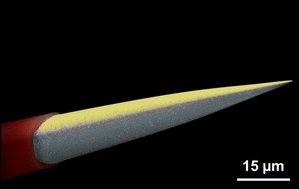
Analyst, 2012,137, 2933-2938
https://doi.org/10.1039/C2AN16178H
Detection of expressed gene in isolated single cells in microchambers by a novel hot cell-direct RT-PCR method
We proposed a novel hot cell-direct RT-PCR method and demonstrated single cell RT-PCR for many isolated Jurkat cells using this method on the CD-shaped device for single cell isolation.

Analyst, 2012,137, 2951-2957
https://doi.org/10.1039/C2AN15866C
About this collection
These papers were all invited to a themed issue on Single Entities, Guest Edited by Henry S. White from the University of Utah.